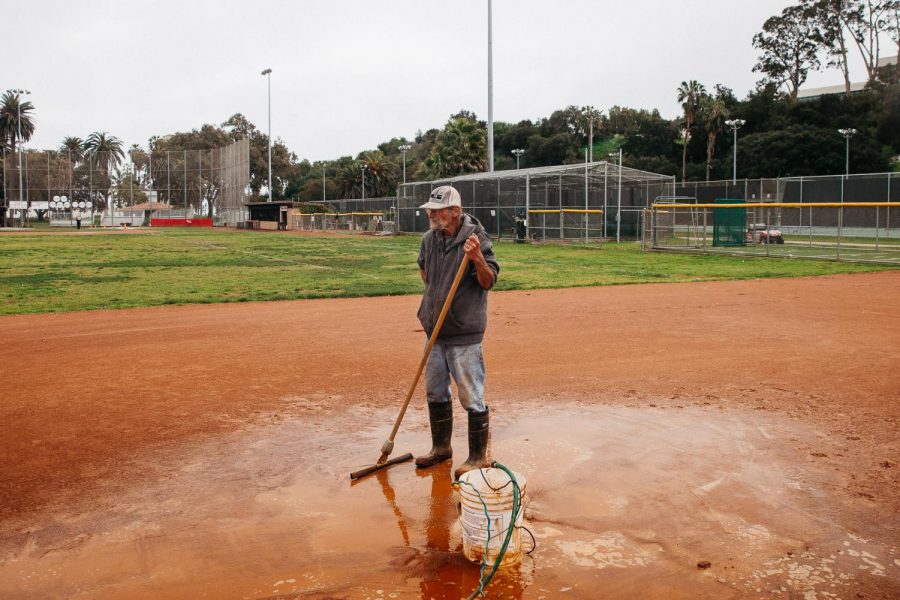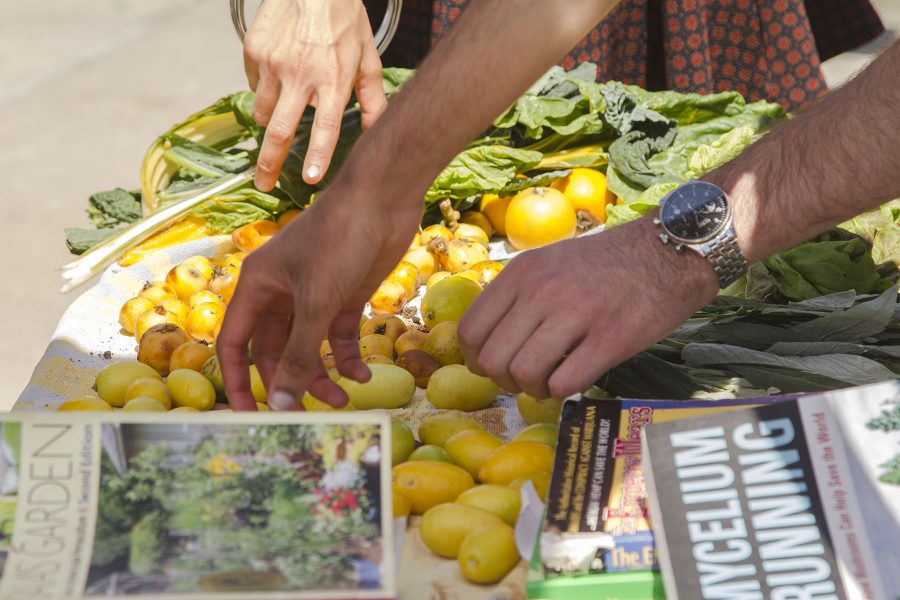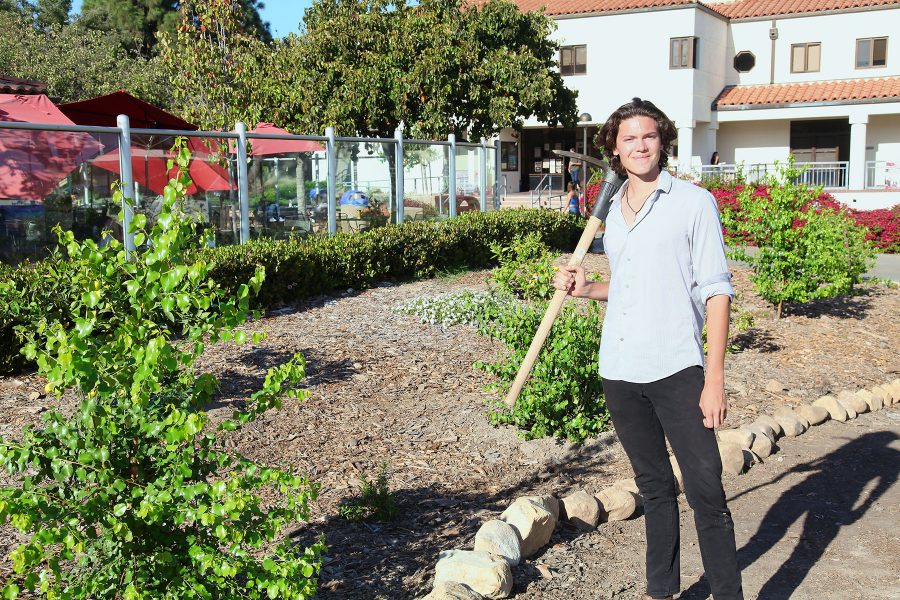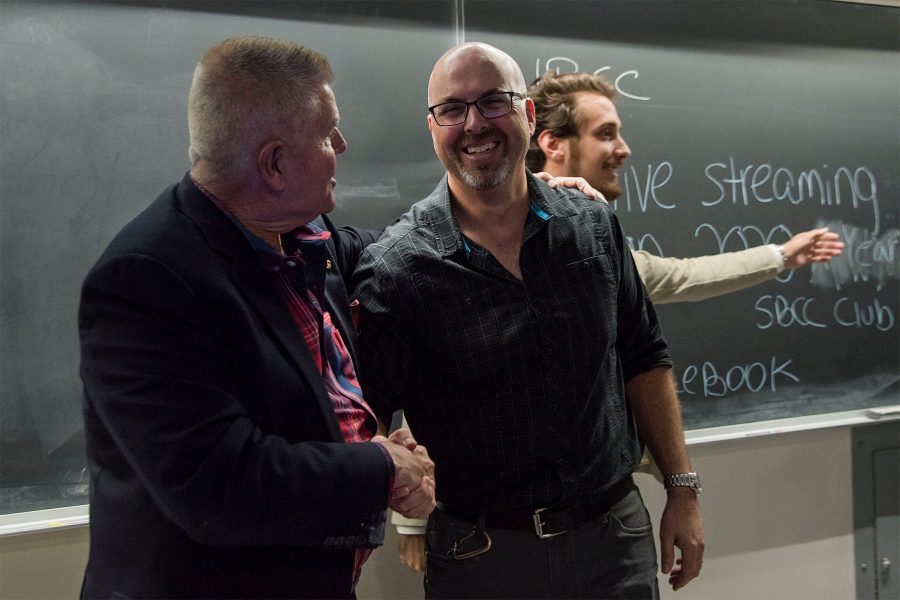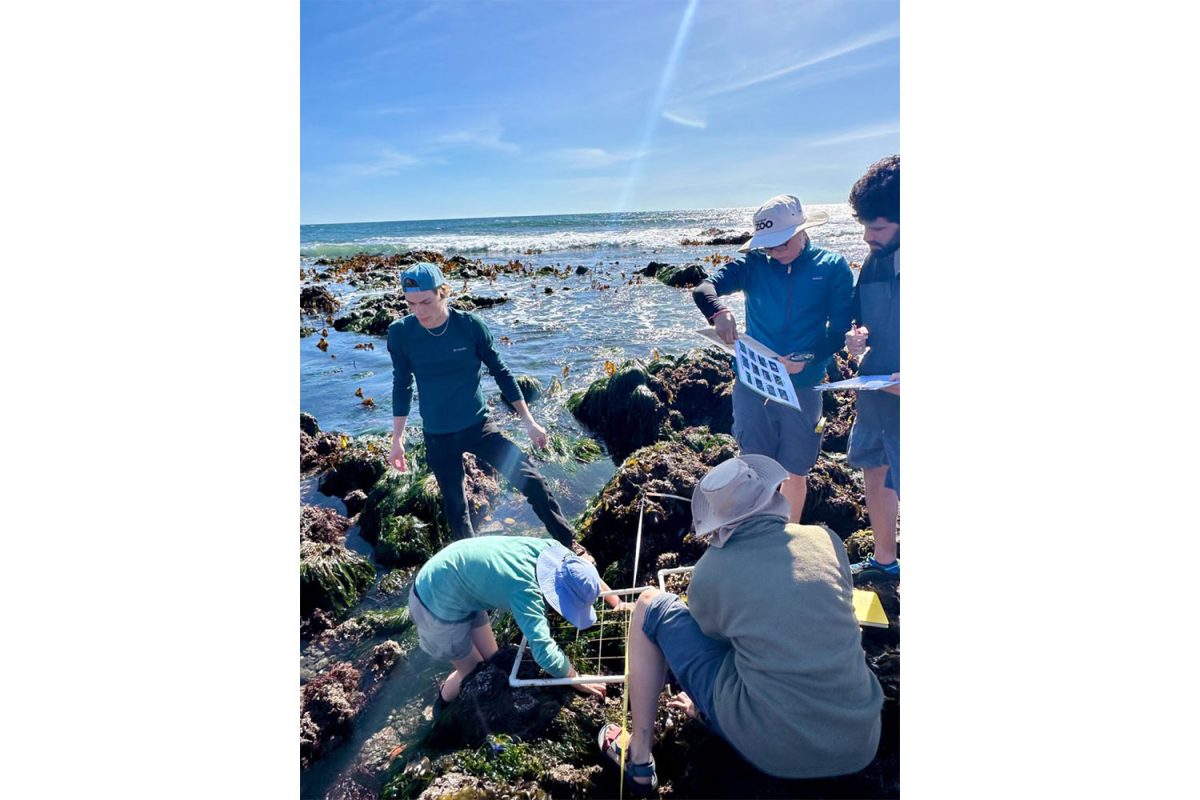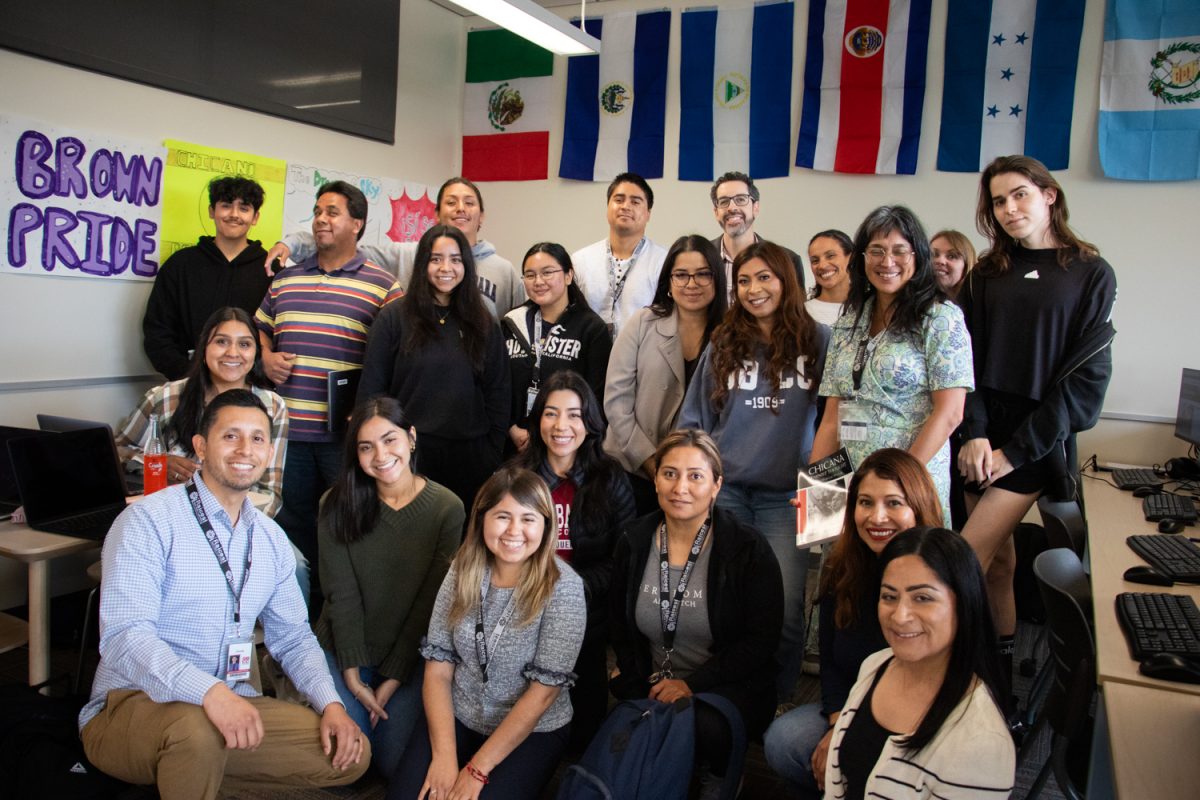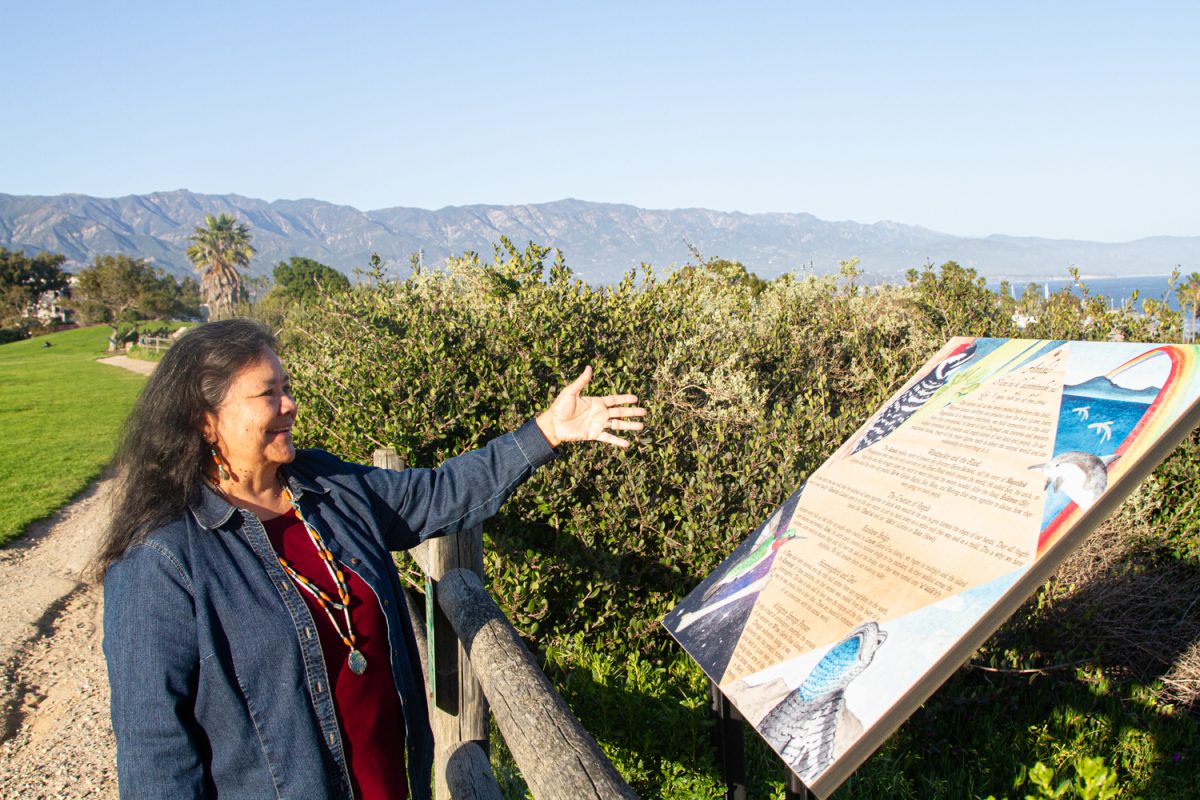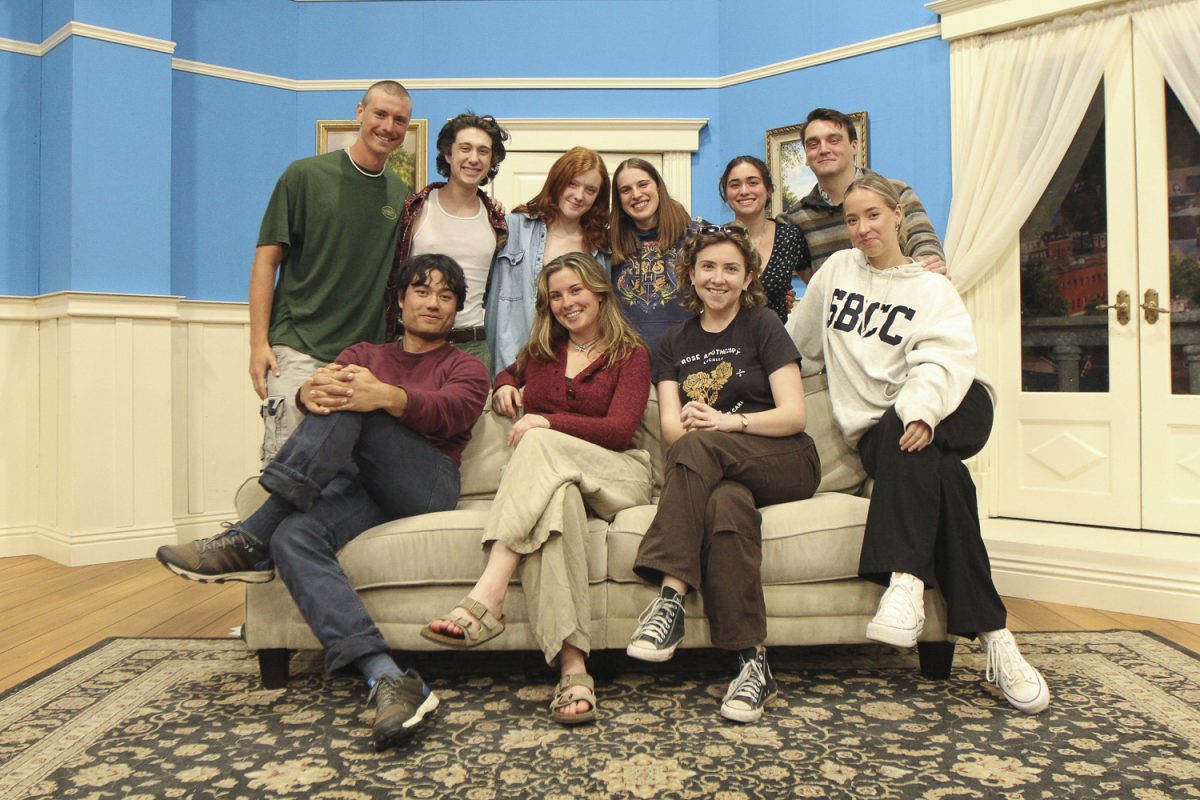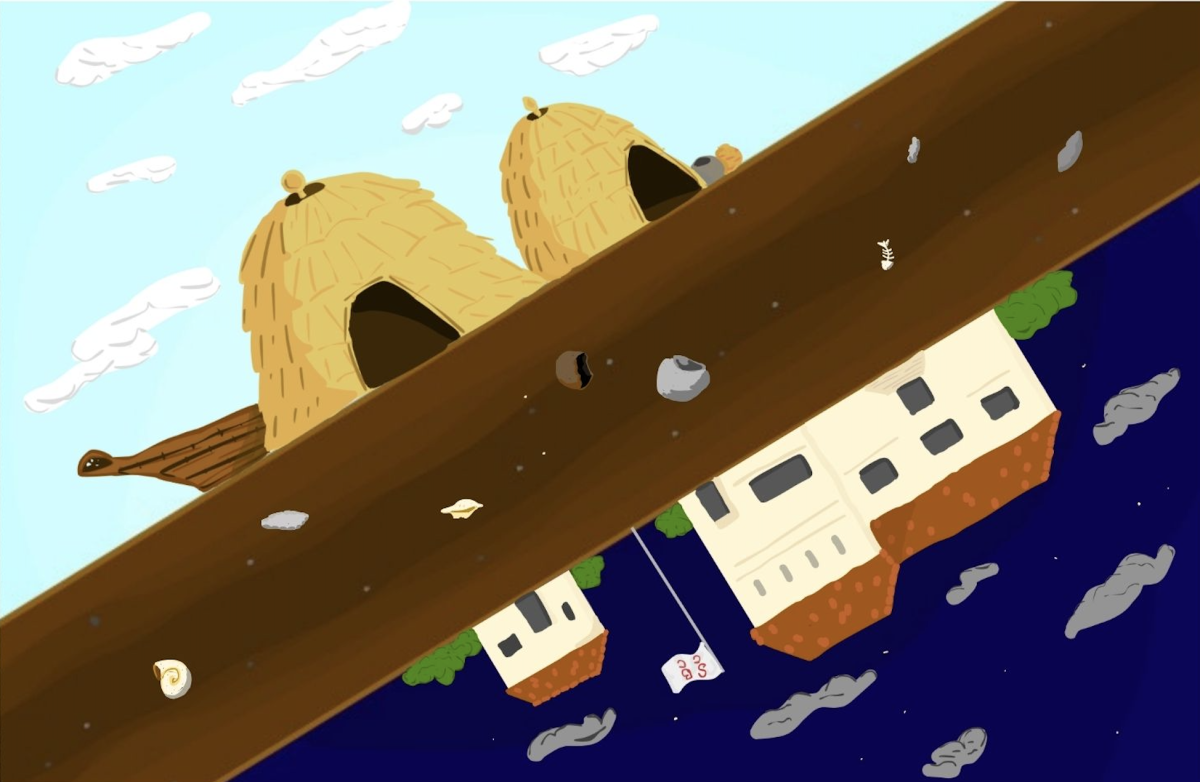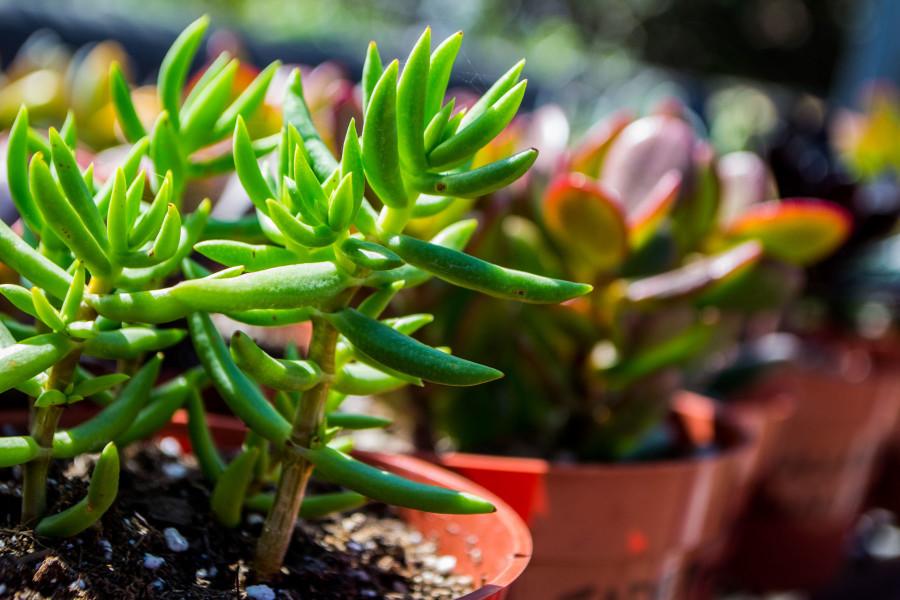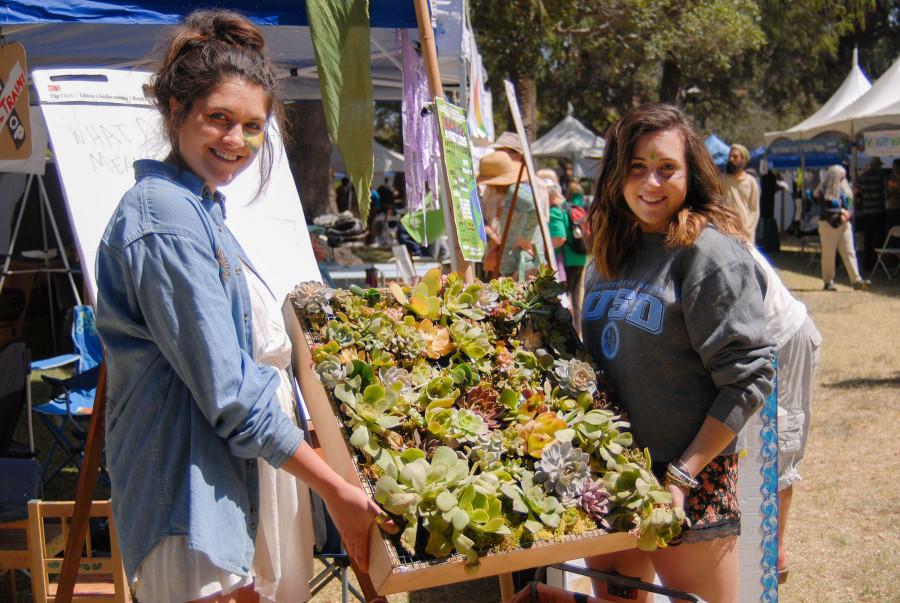Last weekend, City College’s Ecological Restoration class got its hands dirty while restoring the plant and seabird habitats in the Channel Islands National Park.
Ecological Restoration Instructor, Karen Flagg, accompanied a group of eighteen volunteers that spent four days bringing native plants back to Santa Barbara Island, an experience very unique to City College students.
“This type of hands-on, real world experience imparted by the instructors allows students to build their confidence in plant propagation, native plant ecology and restoration ecology,” said Horticulture Professor Michael Gonella.
Flagg teaches alongside Instructor Don Hartley, both of who have been taking students on trips like this for years. The pair co-founded the nonprofit Growing Solutions, which focuses on the restoration of seabird habitats on Santa Barbara and Santa Cruz Islands. During the four days spent on the island, students maintain a park that is running out of funding.
“A lot of people think it’s going to fail once we leave, so we need as much help as possible,” horticulture student Gage Beckley said.
Volunteers targeted a specific type of ice plant, proving to be detrimental to the seabirds that inhabit the island as well as other plants. The plants native to the island are primarily drought resistant and require little water. Ice plant, on the other hand, is a thirsty succulent.
“The ice plant is a really salty plant, so it just absorbs all the water, and then when it dies it kills the soil because it’s so salty,” Beckley said. “Salt gets into the soil and nothing grows there.”
The ice plant also pushes out a tree sunflower known as coreopsis that provides shelter to sea birds like the California brown pelican and Cassin’s auklet. Beckley recalled Flagg saying that, from Los Angeles, the island used to appear to be a big yellow dot because it was so covered with these sunflowers. Today, it’s overtaken by grass and ice plants.
Gage and other volunteers spent their time on the island weeding the invasive ice plant and replacing it with native plants like sunflower, buckwheat, and saltbush. Students had to learn to use their hands as opposed to methods like tarping, which they would likely use on the mainland.
“We had to come up with our own particular way, so we learned different methods for restoring different types of habitats and this was a really unique one,” Beckley said.
With a habitat so dry, the work doesn’t stop once these plants are reintroduced to the landscape. Beckley stressed the need for these plants to be watched over and kept up over time.
“In a nursery, plants are constantly fed water, you’re babying it,” Beckley said. “But when these plants are put out in the wild, where it’s dry as hell, they’re not getting any water. It’s important to wean it off the water so it learns how to survive.”
Beckley, along with the rest of the volunteers, shared a unique experience that most horticulture students never see for themselves.
“Who else gets to go on an island for four days to rehabilitate it?” said Beckley. “That’s so sick.”


